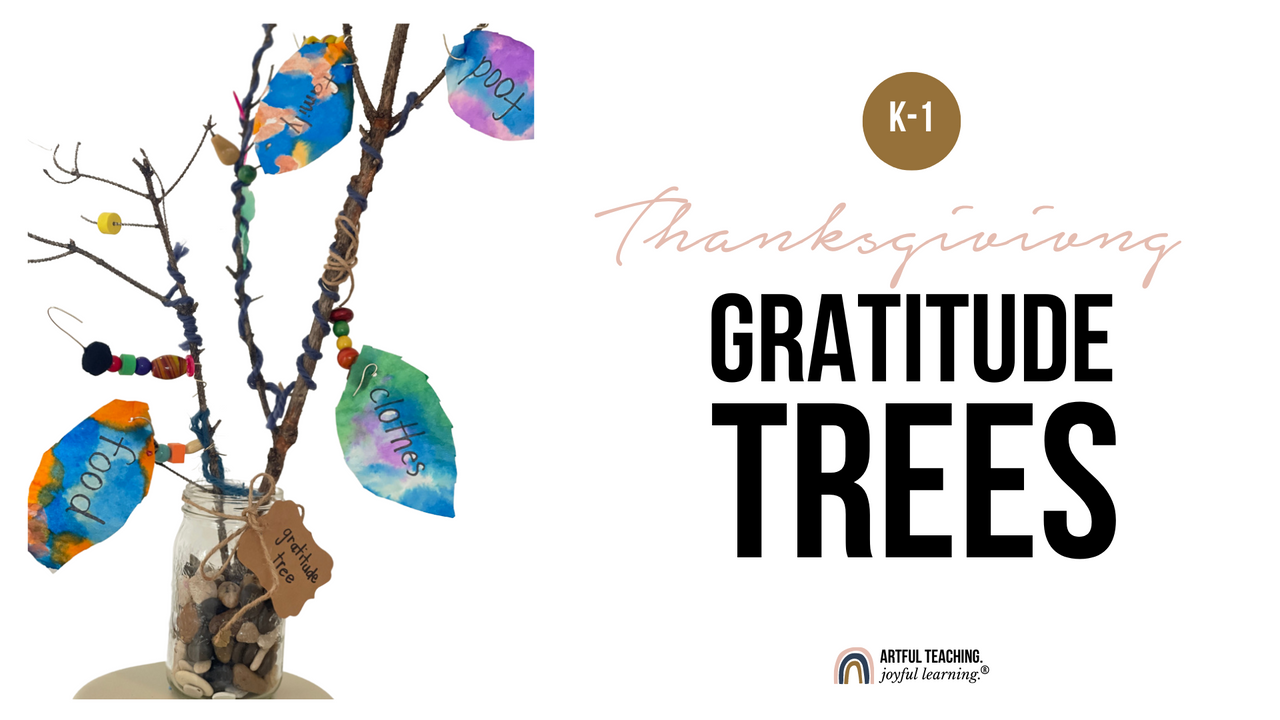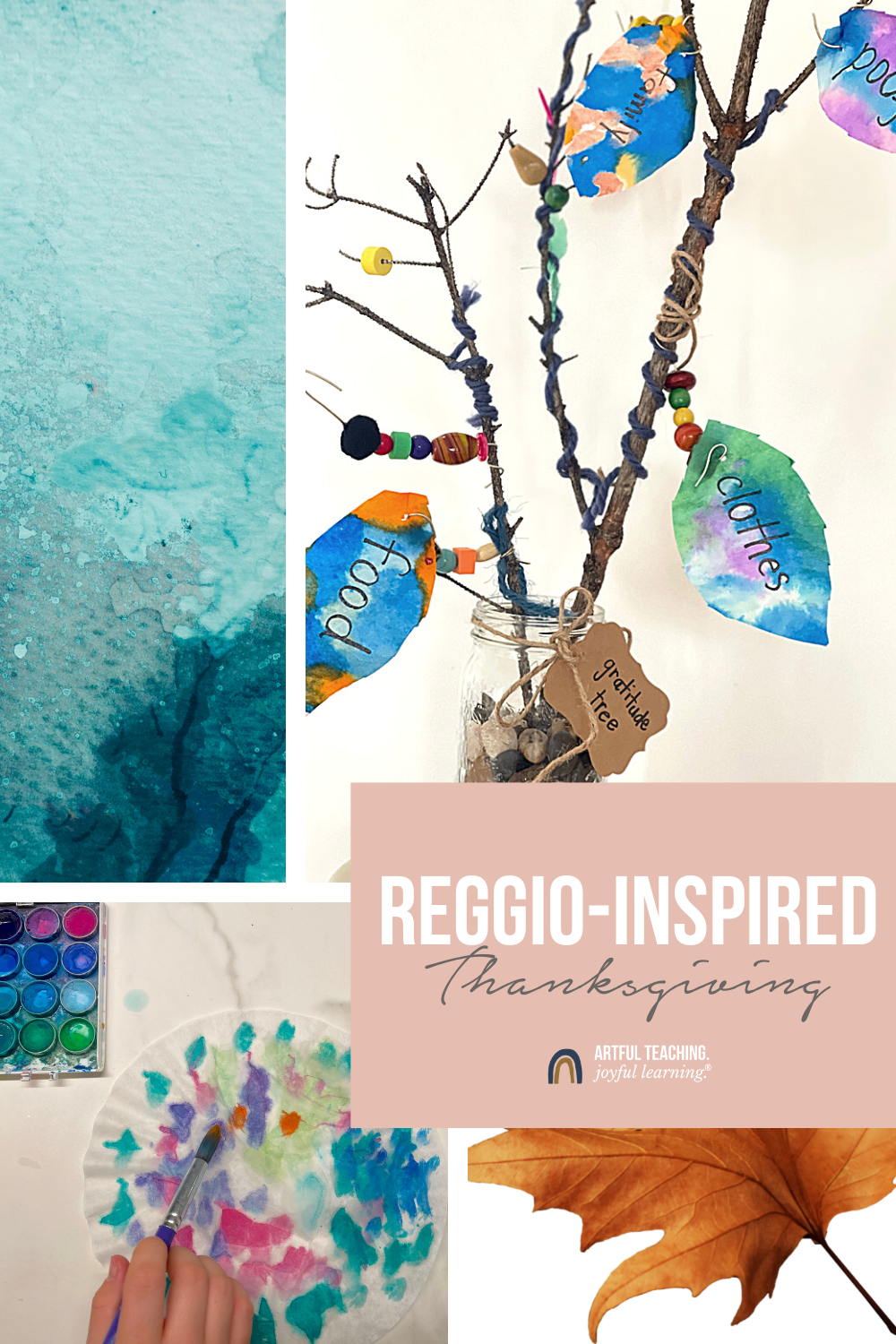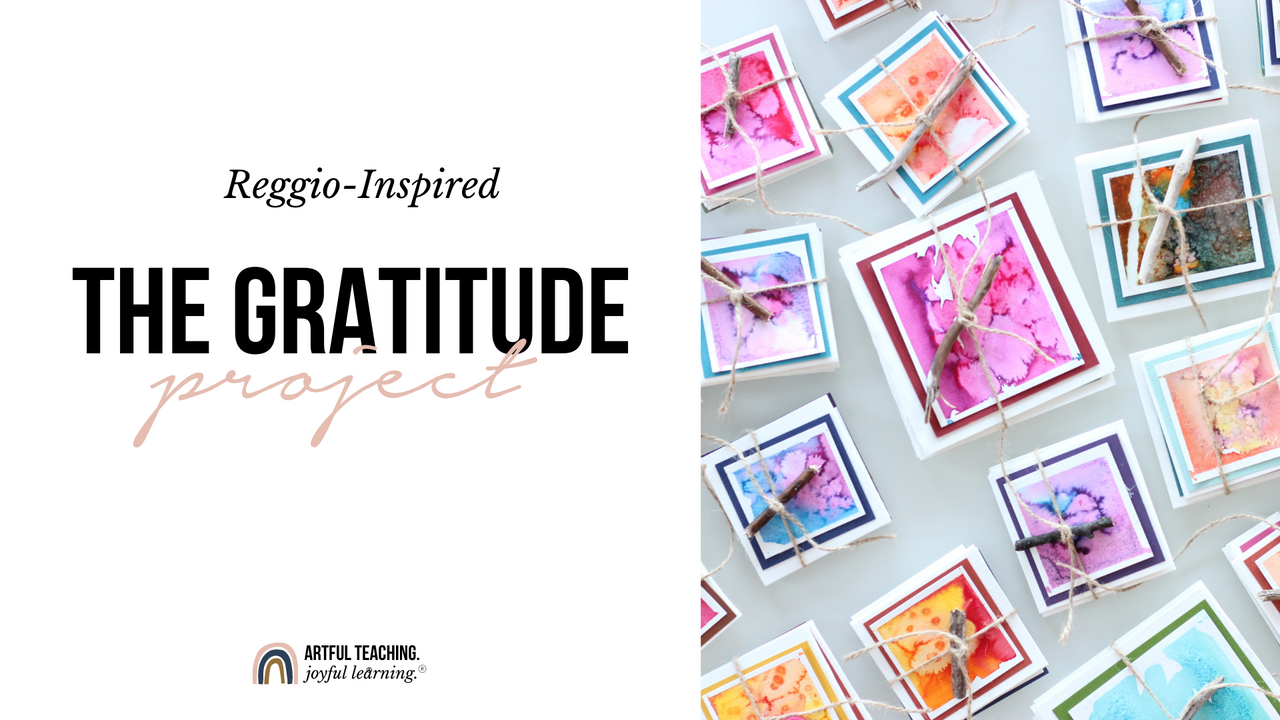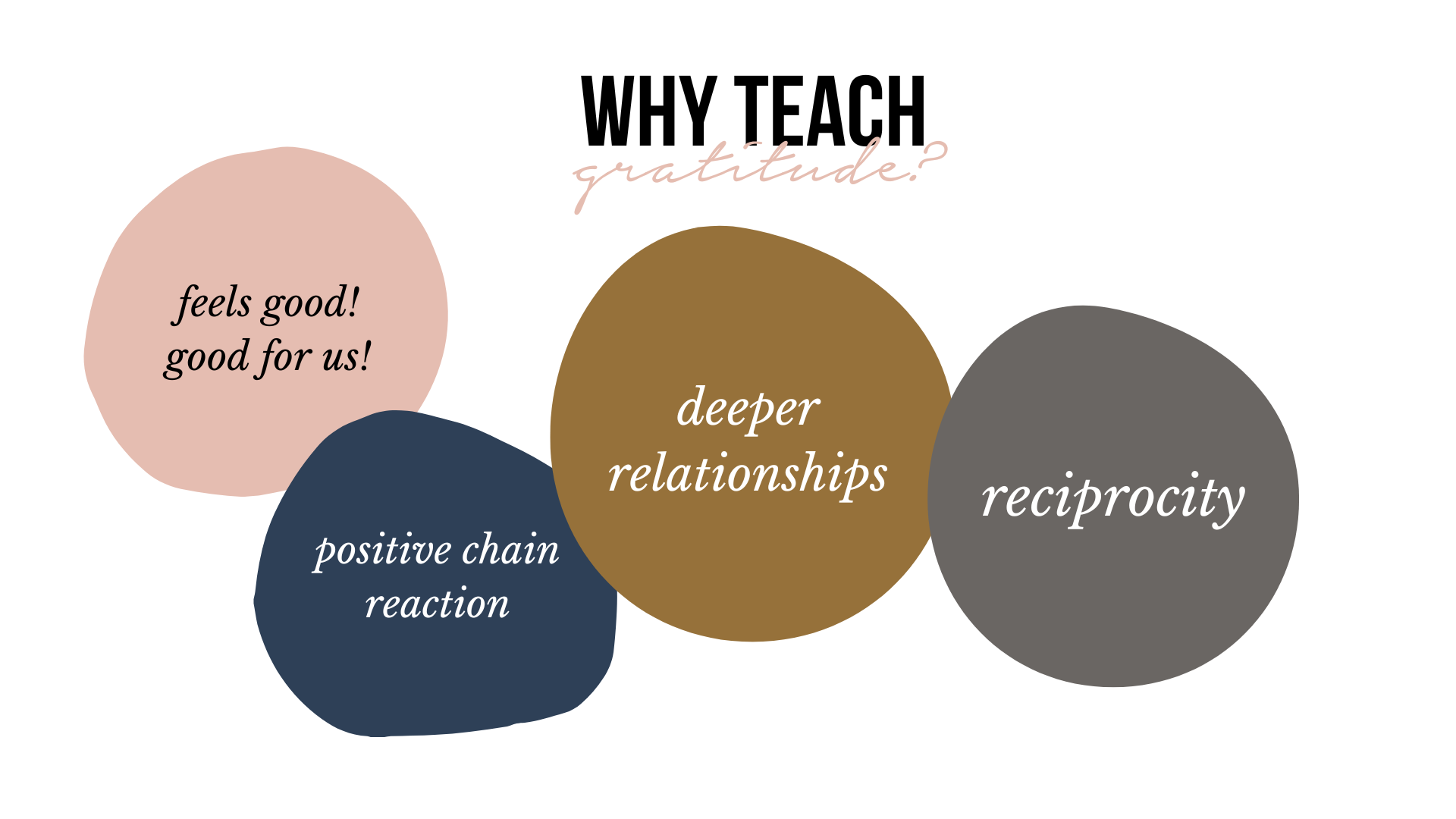Getting ready to start homeschooling this fall? Why not start your year off with a BANG!?
Kids LOVE pomp and circumstance {who doesn't}, and in this blog post, I share 5 fun, memorable ways to kick off your school year - in celebratory fashion!

1. Pancake Buffet

We LOVE a good pancake bar, and with this idea you can fold in all kinds of learning.
Begin by reading Pancakes, Pancakes! by Eric Carle. Ask your child to retell the story, and map out the ingredients needed to make pancakes. They can even “write” their recipe in their Idea Book. {check out this post for more information on how to use an Idea Book}
Next, invite them to brainstorm a list of fun, inventive toppings. Let them make a list in their Idea Books, or brainstorm one together.
Make the pancakes, add all the toppings to bowls and enjoy your fully-loaded pancakes! (a little 9am ice cream never hurt anyone right?)

2. Park Tour and Picnic

When the rest of the world is in school, parks are wide open for play...




























